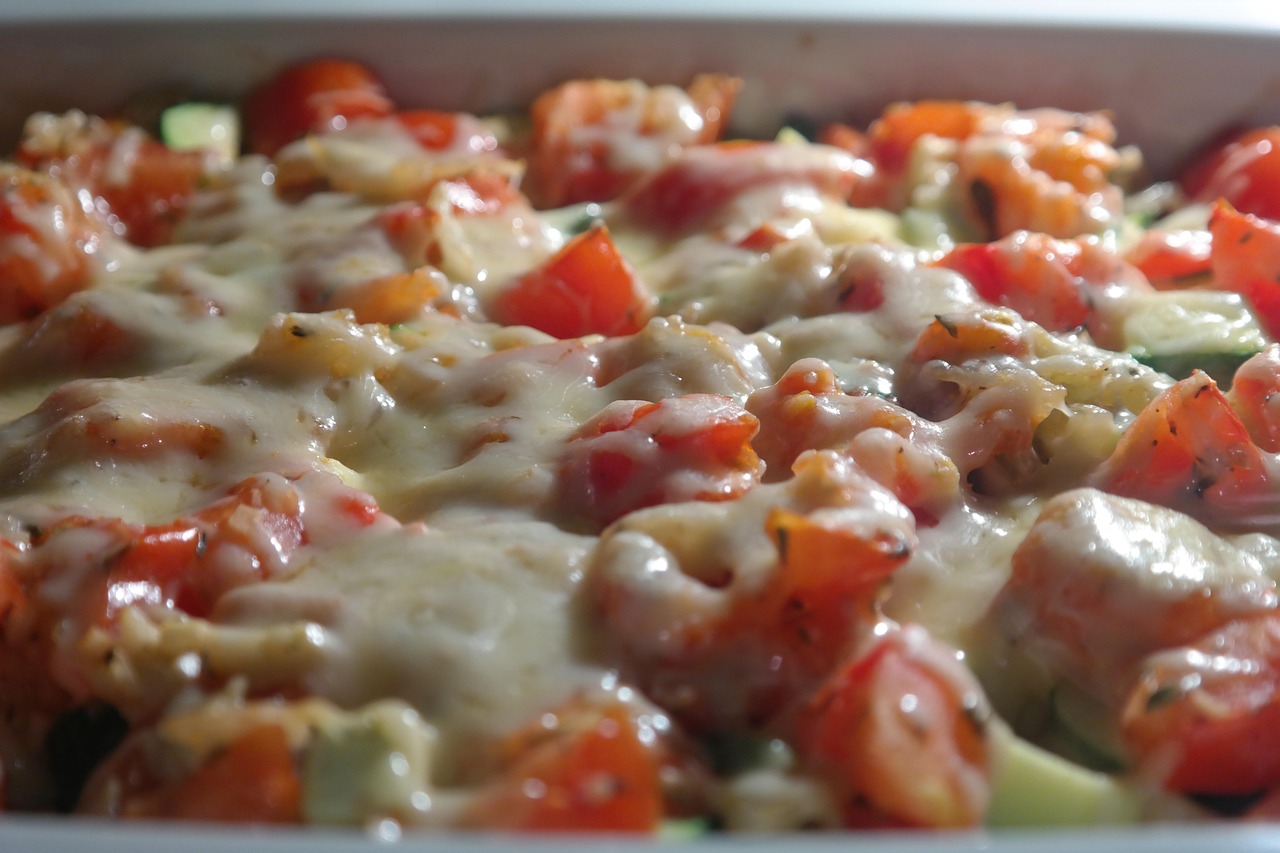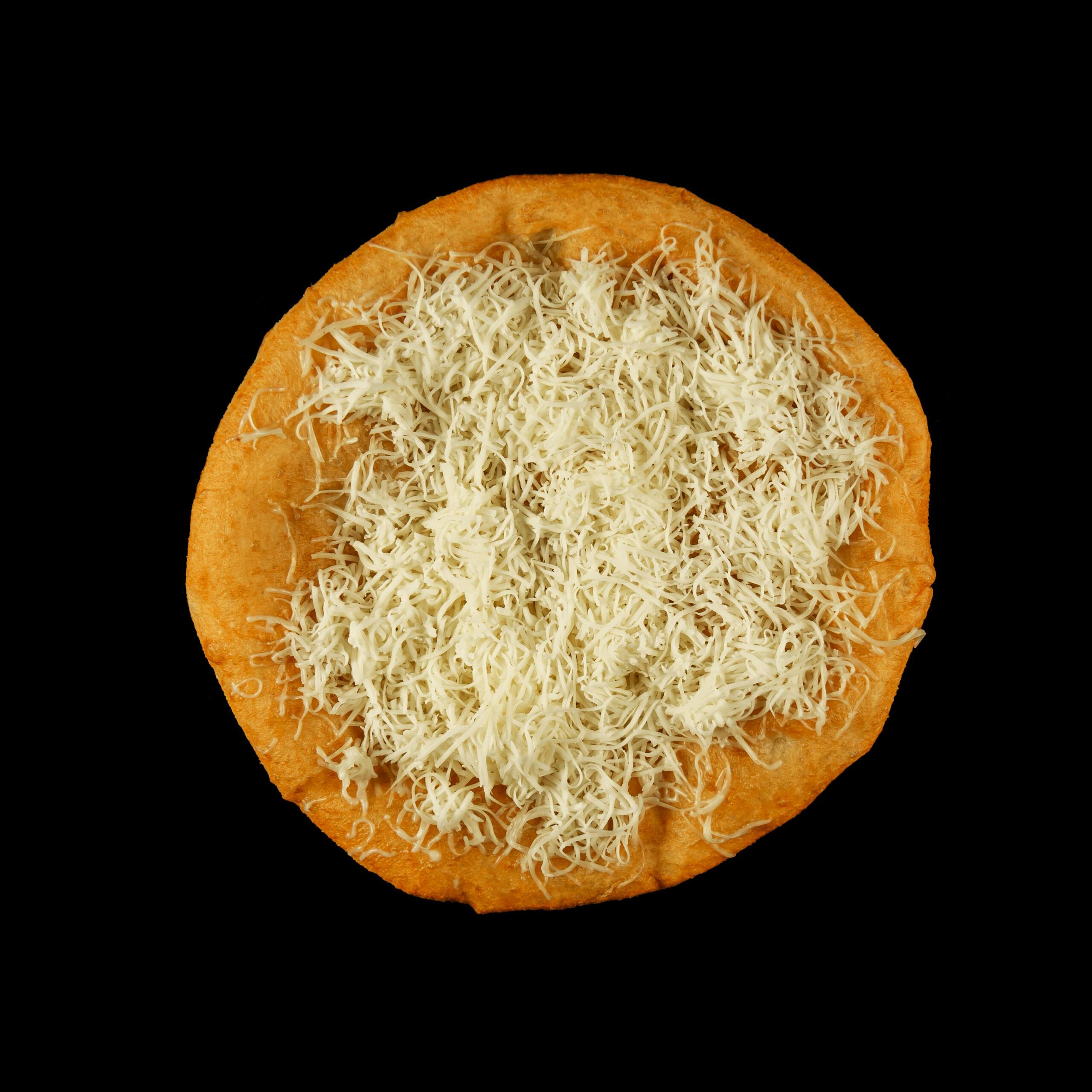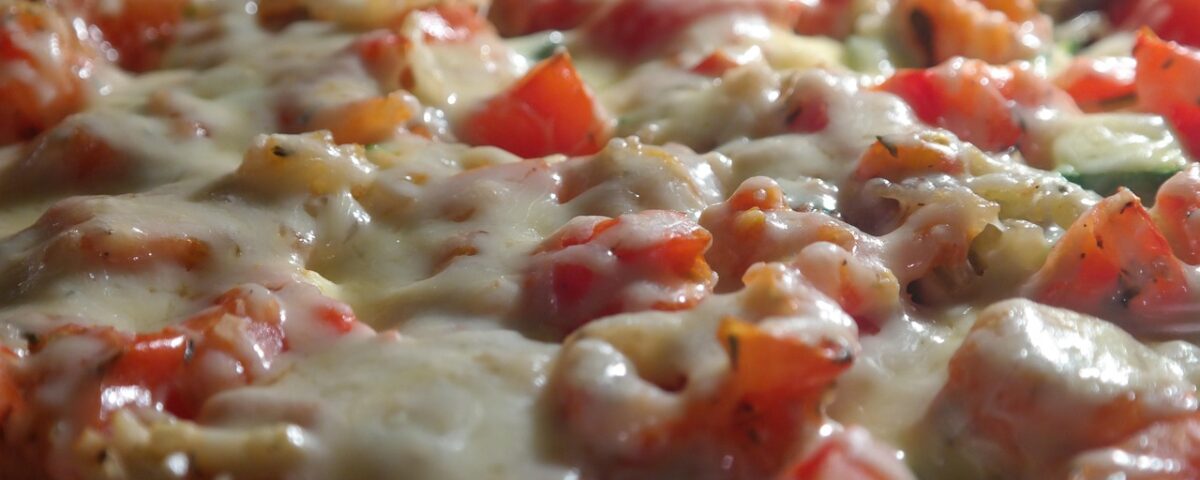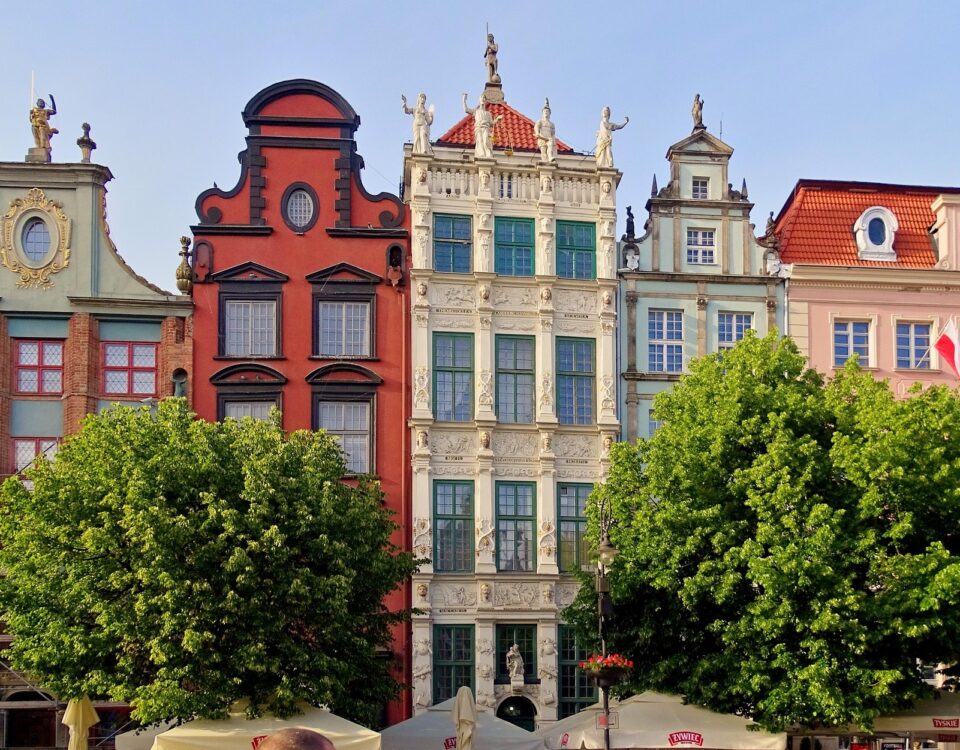
Eastern European Food Culture:Traditional Flavors and Recipes | Ultimate 2025 Guide
2025-10-12
Top 10 Vegetarian Dishes in Eastern Europe| Traditional Meat-Free Food Guide
2025-10-17Traditional Eastern European Street Food You Must Try in 2025
When wandering through Eastern Europe, one thing becomes clear — food isn’t just a part of the culture; it is the culture. In every cobblestone square and narrow market alley, the smell of fresh bread, grilled meat, and sizzling dough invites you closer. Whether you’re in Poland, Hungary, Romania, or Bulgaria, street food tells stories of history, survival, and love for local flavors.
In this guide, we’ll take you on a journey to taste the Traditional Eastern European Street Food that defines this region — from hearty snacks born in peasant kitchens to sweet treats perfected over centuries

1. Zapiekanka (Poland) – The Polish Street Pizza
Keyword Focus: Polish street food, zapiekanka, Traditional Eastern European Street Food
If you’re walking through Kraków’s Kazimierz district or Warsaw’s Nowy Świat, you’ll smell something cheesy and toasty in the air — that’s Zapiekanka.
This iconic Polish snack is a half baguette topped with mushrooms, cheese, and sometimes ham or vegetables, toasted until golden brown and crispy. Locals drizzle it with ketchup or garlic sauce before serving.
It’s cheap, filling, and available everywhere — from street stalls to night markets. It’s Poland’s answer to pizza and one of the best examples of how Eastern European street food combines simplicity and flavor.
Traveler Tip: Try the “Zapiekanka z pieczarkami i serem” (mushroom and cheese version) for a truly authentic taste
Start exploring now 👉Eastern European Food Culture:Traditional Flavors and Recipes | Ultimate 2025 Guide

2. Lángos (Hungary) – Crispy, Golden, and Addictive
Keyword Focus: Hungarian street food, Lángos, Eastern European fried bread
If there’s one thing you’ll never forget about Hungary, it’s the smell of Lángos frying in oil at a local market.
This beloved fried dough is traditionally topped with sour cream and grated cheese, though modern variations include garlic butter, ham, or even Nutella!
It’s crispy on the outside, soft inside, and utterly satisfying — especially on cold mornings by Budapest’s Great Market Hall.
Cultural Note: Lángos dates back to ancient times when Hungarian farmers baked bread over open flames — it evolved into the golden fried version we know today
Start exploring now 👉 https://triptoeast.com/top-10-vegetarian-dishes-in-eastern-europe/

3.Kürtőskalács (Hungary / Romania) – The Sweet Chimney Cake
Keyword Focus: Kürtőskalács, chimney cake, Eastern European dessert street food
Known as the Chimney Cake, this dessert is a festival favorite in Hungary, Romania, and Transylvania.
The dough is rolled into a spiral on a wooden cylinder, coated with sugar, and roasted over an open flame until caramelized. The result? A crispy, golden crust with a soft, sweet interior.
You can choose toppings like cinnamon, walnuts, coconut, or chocolate, making it the perfect walking snack for winter markets or Christmas fairs.
Fun Fact: The name Kürtőskalács comes from the Hungarian word for “chimney” — because of its hollow, smoky shape

4. Burek (Balkans / Serbia / Bosnia) – Flaky, Buttery Layers of Heaven
Keyword Focus: Balkan street food, Burek, Traditional Eastern European pastry
Move south into the Balkan region, and you’ll find Burek — a flaky, spiral pastry that defines street breakfasts from Belgrade to Sarajevo.
Made from layers of thin dough filled with cheese, spinach, or potatoes, and sometimes meat, it’s baked until perfectly golden and crispy.
Served warm, often with yogurt or ayran, it’s a favorite morning snack and one of the oldest Traditional Eastern European Street Foods still enjoyed daily.
Traveler Tip: Try “Sirnica” (cheese burek) if you’re vegetarian — it’s creamy, salty, and melts in your mouth

5.Kebabche (Bulgaria) – The Balkan Barbecue on the Go
Keyword Focus: Bulgarian street food, Kebabche, grilled street food
In Sofia or along the Black Sea coast, the smoky aroma of Kebabche fills the streets.
These grilled, skinless sausages made from spiced pork and beef are a Bulgarian favorite. They’re usually served with bread, mustard, and Shopska salad, creating a simple but hearty street meal.
Cultural Note: Kebabche has Ottoman roots but evolved into a purely Bulgarian classic — often enjoyed with a cold beer on warm summer evenings.
6. Pirozhki (Russia / Ukraine) – Bite-Sized Pockets of Comfort
Keyword Focus: Russian street food, Pirozhki, Eastern European pastries
Pirozhki are small, hand-held buns stuffed with savory fillings like cabbage, potato, mushrooms, or sweet jams.
You’ll find them everywhere — train stations, street stalls, and bakeries — because they’re portable, affordable, and deeply comforting.
In Ukraine, they’re often paired with tea or borscht, while in Russia, they’re sold warm in paper bags to hungry commuters.
Flavor Tip: Try the mushroom and onion filling if you love earthy, rich flavors

7.Ciorbă de Burtă & Mititei (Romania) – Street Food with Soul
Keyword Focus: Romanian street food, Mititei, Ciorbă, Eastern European dishes
Romania’s food stalls serve Mititei (Mici) — small grilled rolls of minced meat mixed with garlic and herbs, typically served with mustard and bread.
It’s the kind of dish that brings people together during festivals or summer nights.
If you’re in a local market, also try Ciorbă de Burtă (tripe soup) — not quite a street snack, but a common quick-lunch dish served from pop-up food stalls.
Traveler Tip: The best Mititei is found fresh off a charcoal grill — follow the locals, not the tourist signs
8. Trdelník (Czech Republic / Slovakia) – The Fairytale Dessert
Keyword Focus: Trdelník, Czech street food, Eastern European desserts
If you’ve walked the streets of Prague, you’ve likely seen spirals of golden pastry roasting over open flames. That’s Trdelník — the Czech version of chimney cake.
Traditionally sprinkled with sugar and cinnamon, modern versions come filled with ice cream, Nutella, or fruit.
It’s not just food — it’s part of the fairy-tale charm that makes Czech cities magical in winter.
Fun Fact: Though its origins trace back to Slovakia and Hungary, Trdelník became globally famous thanks to Prague’s Christmas markets

9. Papanasi (Romania) – Sweet Cheese Donuts
Keyword Focus: Romanian dessert, Papanasi, Traditional Eastern European sweets
These are not your average doughnuts. Papanasi are fried or boiled donuts made with cottage cheese, topped with sour cream and blueberry jam.
They’re often found at fairs, festivals, or even street food trucks, bringing a perfect mix of sweet and tangy flavors.
Cultural Note: Romanians consider Papanasi a celebration dessert — often enjoyed after Sunday family lunches.
10. Langos vs. Zapiekanka – The Ultimate Street Food Showdown
Both Hungary’s Lángos and Poland’s Zapiekanka are legends of Traditional Eastern European Street Food, each representing a different side of the region’s taste.
While Lángos is fried, creamy, and comforting, Zapiekanka is crispy, cheesy, and quick — but both show how creativity and simplicity make food a universal language in Eastern Europe
🌍Why Street Food Matters in Eastern Europe
Street food in Eastern Europe isn’t about fast eating — it’s about community. It connects generations, blending recipes from grandmothers with the speed of modern city life.
Each dish tells a story — of empires, migrations, winters, and celebrations. And as travelers, tasting them means experiencing the heart of Eastern Europe itself
🧭Final Thoughts
Whether you’re sharing Burek in Sarajevo, grabbing a Zapiekanka in Kraków, or warming your hands with a Trdelník in Prague, one thing’s for sure — the Traditional Eastern European Street Food scene is an unforgettable part of your journey.
So next time you wander through an old-town square or a Christmas market, follow the smell, not the map — your taste buds will thank you





